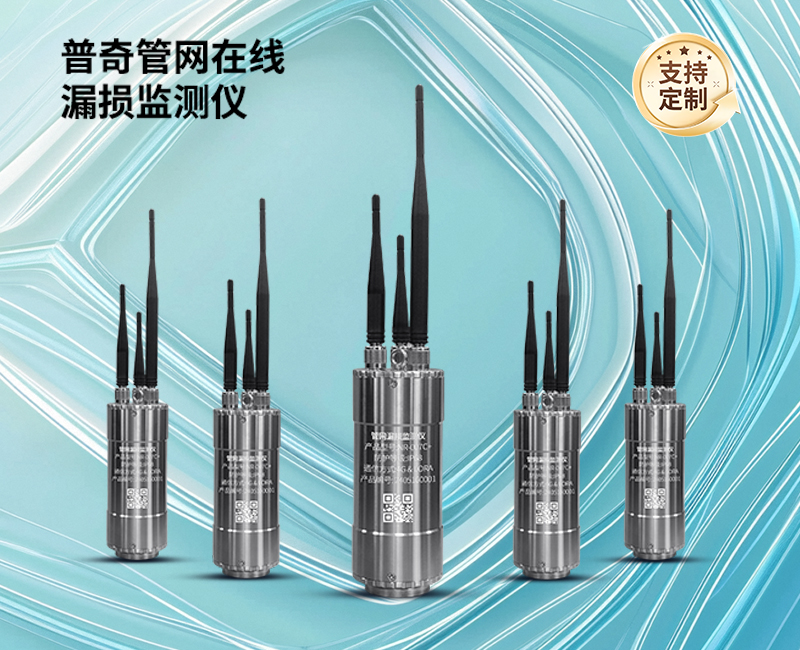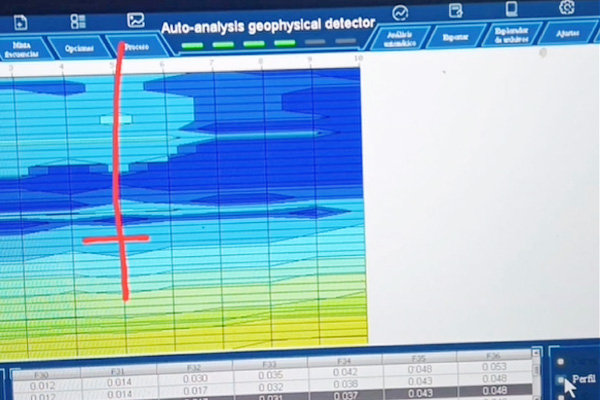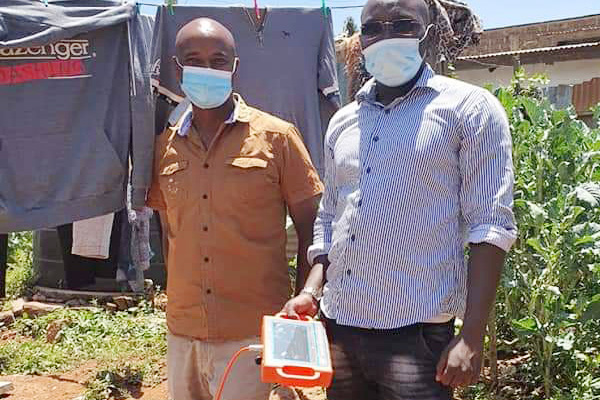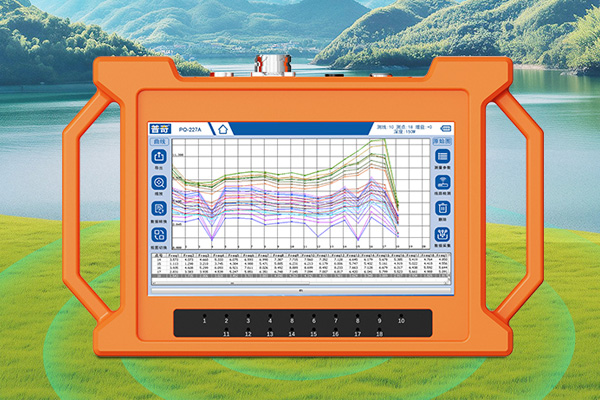In modern urban water supply systems, pipeline leakage is a long-standing and difficult to completely avoid problem. It not only leads to serious waste of water resources, but may also pose a threat to the normal water supply of the city. In order to effectively monitor and control pipeline leakage, the noise logging system network leakage has emerged. This device combines advanced sensor technology, data acquisition and processing technology, and intelligent analysis algorithms to achieve real-time monitoring and precise positioning of pipeline leaks. This article will provide a detailed introduction to the working principle of the Noise logging system network leak.

1、 Sensor technology: capturing pipeline sound and vibration
The core part of the noise logging system network leakage is high-precision sensors, which are installed at key nodes and locations prone to leakage in the pipeline network. These sensors are capable of capturing the sound and vibration signals generated by fluid flow inside pipelines. When there is a leak in the pipeline, the fluid passing through the leak point will produce specific sounds and vibrations, which will be captured by sensors and converted into electrical signals.
The selection of sensors is crucial, as they need to have high precision, sensitivity, and stability to ensure accurate capture of weak sound and vibration signals inside pipelines. At the same time, sensors also need to be able to adapt to various complex pipeline environments, such as high temperature, high pressure, humidity, and other conditions.
2、 Data collection and processing: real-time transmission and analysis
The sound and vibration signals captured by sensors will be transmitted to the data acquisition and processing system. This system is responsible for receiving real-time signals transmitted by sensors, and performing preliminary processing and storage.
A data acquisition and processing system typically includes a central controller and multiple data acquisition modules. The central controller is responsible for coordinating the work of various data acquisition modules to ensure real-time and accurate data. The data acquisition module is responsible for receiving signals transmitted by sensors and performing filtering, amplification, and other processing to improve the readability and accuracy of the data.
The processed data will be stored on local or remote servers for subsequent analysis and processing. At the same time, the data collection and processing system can also transmit real-time data to a remote monitoring center through wireless networks, achieving remote monitoring and fault diagnosis.
3、 Intelligent analysis algorithm: identifying and locating leaks
The collected data will be transmitted to the intelligent analysis algorithm module for further processing and analysis. This module utilizes advanced algorithms and technologies to identify and analyze sound and vibration signals to determine whether there are leakage problems in the pipeline network.
The intelligent analysis algorithm module usually includes signal preprocessing, feature extraction, pattern recognition, and localization algorithms. The signal preprocessing section is responsible for preprocessing the collected data, such as denoising, filtering, etc., to improve the accuracy of the data. The feature extraction part extracts useful feature information from the preprocessed data, such as the frequency and amplitude of the sound. The pattern recognition part uses machine learning and other technologies to classify and recognize the extracted feature information to determine whether there is a leakage problem. The positioning algorithm accurately calculates the location of the leakage point based on the identified leakage signal, combined with the structure and layout of the pipeline network.
4、 Alarm and response: timely repair of leaks
Once the intelligent analysis algorithm module identifies a leakage problem in the pipeline network, the system will immediately issue an alarm signal. The alarm signal can be prompted locally through sound, light, etc., or transmitted to a remote monitoring center through wireless network for remote alarm.
After receiving the alarm signal, maintenance personnel can quickly rush to the scene to locate and repair the leakage point. At the same time, the system can also provide detailed information about the leakage points, such as location, degree, etc., so that maintenance personnel can better understand the leakage situation and develop effective repair plans.
5、 Summary and Prospect
In summary, the Noise logging system network leakage achieves real-time monitoring and precise positioning of pipeline leaks by combining advanced sensor technology, data acquisition and processing technology, and intelligent analysis algorithms. The application of this device not only improves the safety and operational efficiency of the water supply system, but also provides strong support for urban water resource management.








